Zimbabwe in the grip of hunger
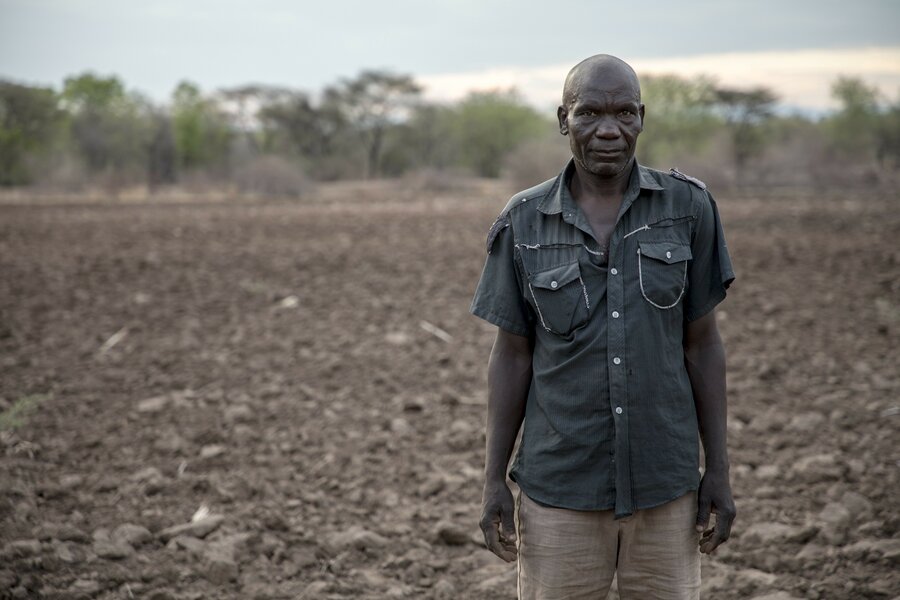
Driving through rural Zimbabwe in December, the country does not look quite as it should around this time of the year. Dried up rivers that should be flowing, cultivated land with no visible signs of a promising harvest, and cattle scraping the ground for food.
In 2019, for the third consecutive year, Zimbabwe experienced drought — the worst the country has seen in 40 years. Forecasts do not suggest there will be much more rain in coming weeks — and rains are critical for the planting season.
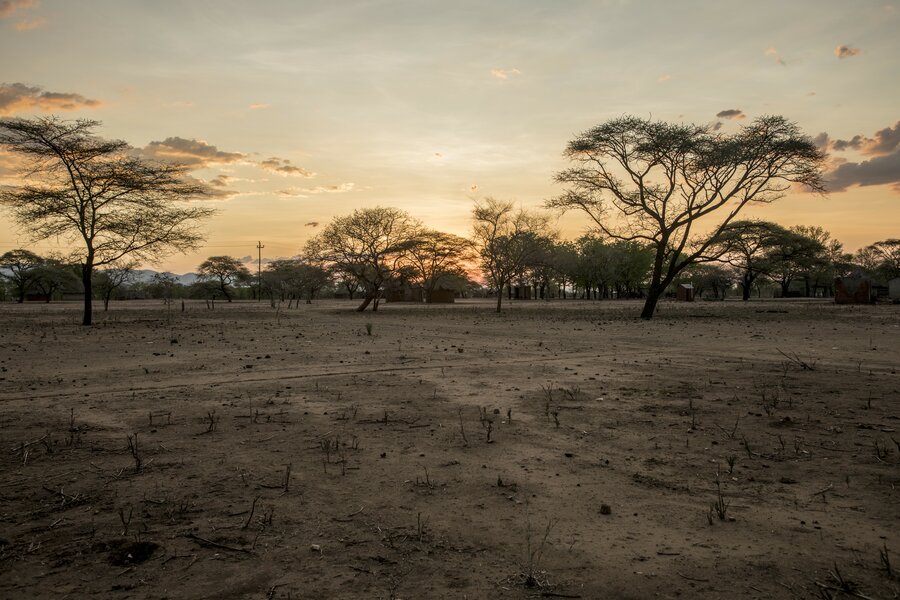
Elias Shamba, 53, is a smallholder farmer in Munyuki village in Mazambara, southwestern Zimbabwe. He and his brother Nicholas, 35, are growing cotton, maize and sorghum. Last year's harvest only lasted them from February until May. "It's supposed to last until the next year's harvest," says Elias — for the past seven months they've relied on food assistance from WFP.
Elias is currently on his third round of planting after the first two failed —it's the first time this has happened in a single planting season.

"We started planting cotton on 1 November with the first rains, but with the drought and the heat, it all died. So we tried planting cotton again, and small grains — sorghum," he says. "We are waiting and praying for the rains."
Elias and his brother receive food as part of a WFP programme designed to help farmers deal with drought and climate change.
When food assistance runs out, Elias and his family will be forced to take extraordinary measures to feed themselves, including eating insects and wild foods.
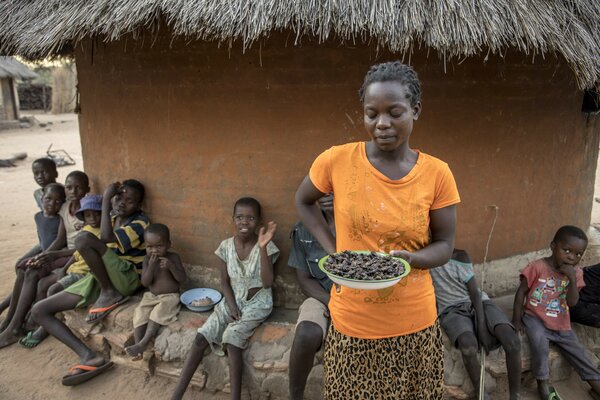
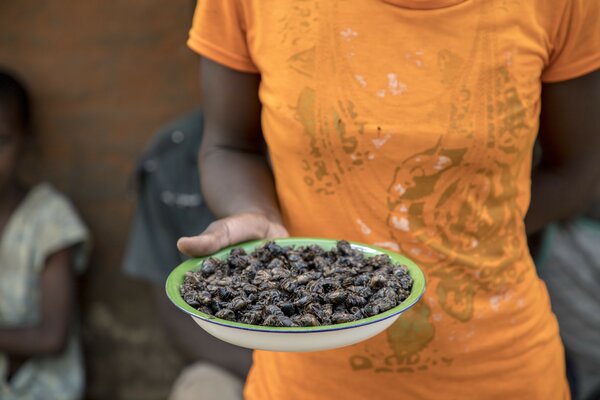
Elias says: "When we don't have food we go and catch the insects that you hear making noise in the background, we eat them as relish."
Through the WFP project, smallholder farmers such as him work to rehabilitate or build agricultural infrastructure in exchange for food. Elias carries rocks and gravel to build a nearby dam and receives WFP food for his family in return. Every month, each participant receives 55 kg of sorghum, 11 kg of cowpea and 3.5 litres of vegetable oil.
Compound shock
Zimbabwe's hunger crisis is part of an unprecedented drought gripping southern Africa and has been exacerbated by the worst economic downturn the country has seen in a decade.
Inflation rates are among the highest in the world, putting food beyond the reach of increasing numbers of people. Zimbabwe's newly introduced Zimbabwean dollar lost about 85 percent against the US dollar between February and December 2019.
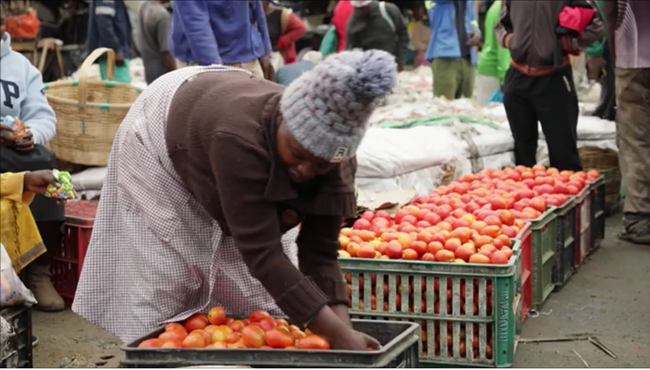
At Sukubva, the second largest market in Zimbabwe, Gladys Chikukwa, 37, sells tomatoes. A member of the market committee, she says food prices are affecting her too.
"Just because we are selling tomatoes in this market doesn't mean that we have enough food for ourselves. We are seriously struggling," she says. "Our produce is rotting in this market because of prices. Today, tomatoes will go for 250 Zimbabwe dollars (ZWL), tomorrow 300 dollars, the next day 400 dollars and people don't have that money."
Bread now costs 20 times what it cost six months ago. High food prices are forcing families to eat less, skip meals, take children out of school, sell off precious assets and fall into a vicious cycle of debt.
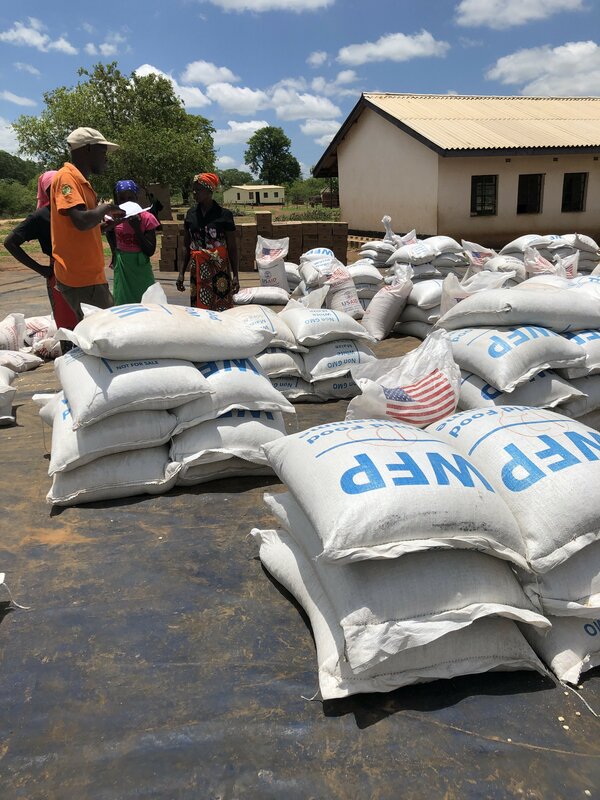
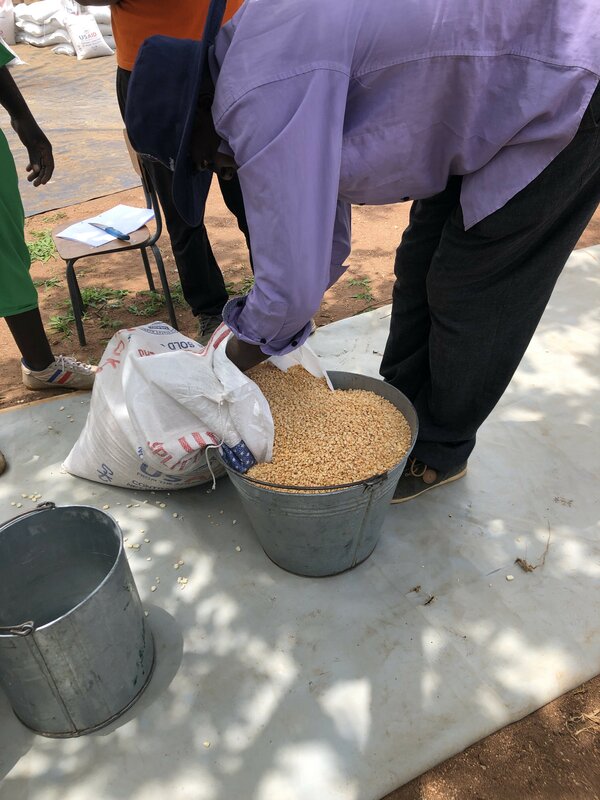
Inflation and consequent cash shortage and rising prices have forced WFP to switch its predominantly cash assistance in rural areas to providing staple food rations.
WFP's scale-up to reach more than 4 million people across the country hinges on receiving adequate funding for this major logistical undertaking. It can take up to three months for funding commitments to become food on people's tables.


